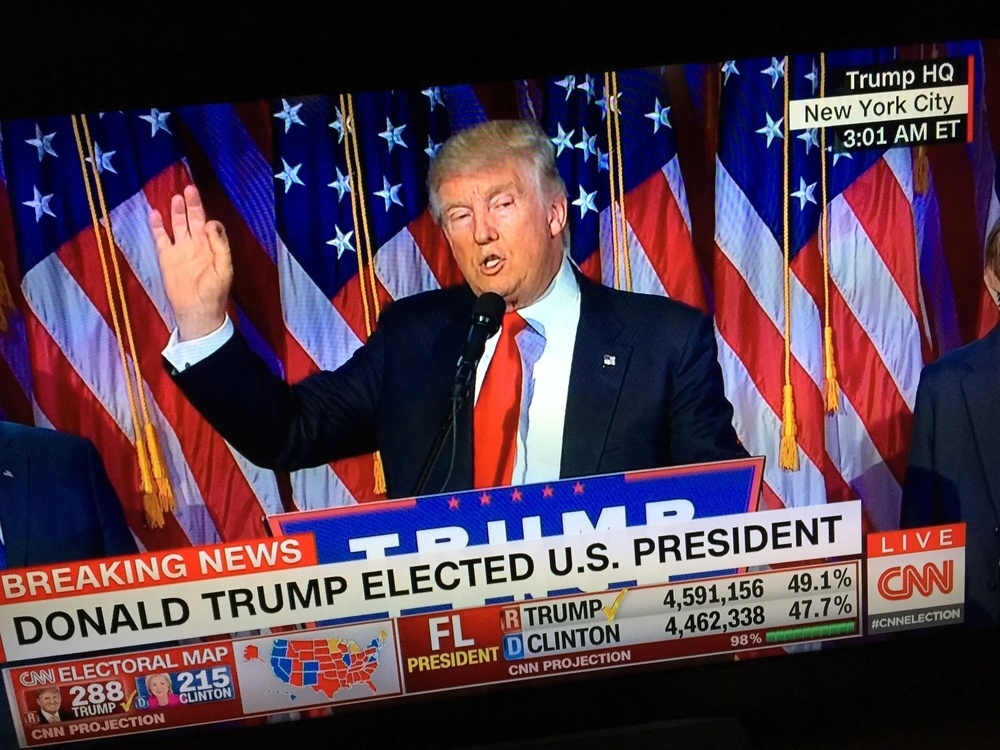Key Takeaways:
- The Trump Gold Card visa concept is still in its infancy.
- The program lacks sufficient buyer interest.
- Significant challenges hinder its implementation.
- Benefits are unclear to potential investors.
- The initiative faces stiff competition.
- The future of the program remains uncertain.
Introduction: The Trump Gold Card visa, a proposed $5 million investment program offering U.S. residency and a quicker path to citizenship, has garnered excitement. However, its reality differs from the hype. Despite recent announcements, the program remains unavailable, leaving its future in doubt. This article explores the challenges and uncertainties surrounding this ambitious initiative.
A Concept Without Takers: Potential investors have shown limited interest in the Trump Gold Card visa. The high cost and vague benefits have deterred many, highlighting a lack of appeal in the investment immigration market. The program’s inability to attract buyers underscores its current viability.
Challenges Galore: Implementing the Trump Gold Card visa faces numerous hurdles. Legal complexities, political scrutiny, and economic uncertainty are significant barriers. Changing immigration policies and economic downturns pose risks, deterring potential participants. These challenges make the program’s success uncertain.
Competition from Abroad: Other countries offer similar residency and citizenship programs at lower costs. Golden Visa programs from Portugal and Turkey attract investors with more affordable options, highlighting the need for competitive pricing and clear benefits in the Trump initiative.
Expert Insights: Experts like Nuri Katz, a veteran in investment immigration, question the program’s feasibility. They cite stringent requirements and market competition as major drawbacks. The lack of clarity in benefits further deters potential applicants, emphasizing the need for transparency and attractive incentives.
The Future of the Trump Gold Card Visa: The program’s success relies on addressing its challenges. Enhancing benefits andInjected transparency could attract investors. However, without significant changes, the initiative may struggle to gain traction in a competitive market.
Conclusion: The Trump Gold Card visa, while promising, faces an uncertain future. Its high cost, lack of clear benefits, and competitive landscape present daunting challenges. Prospective investors are likely to seek alternatives until these issues are resolved, leaving the program’s success in doubt. As the landscape evolves, only time will tell if this initiative will overcome its hurdles.

